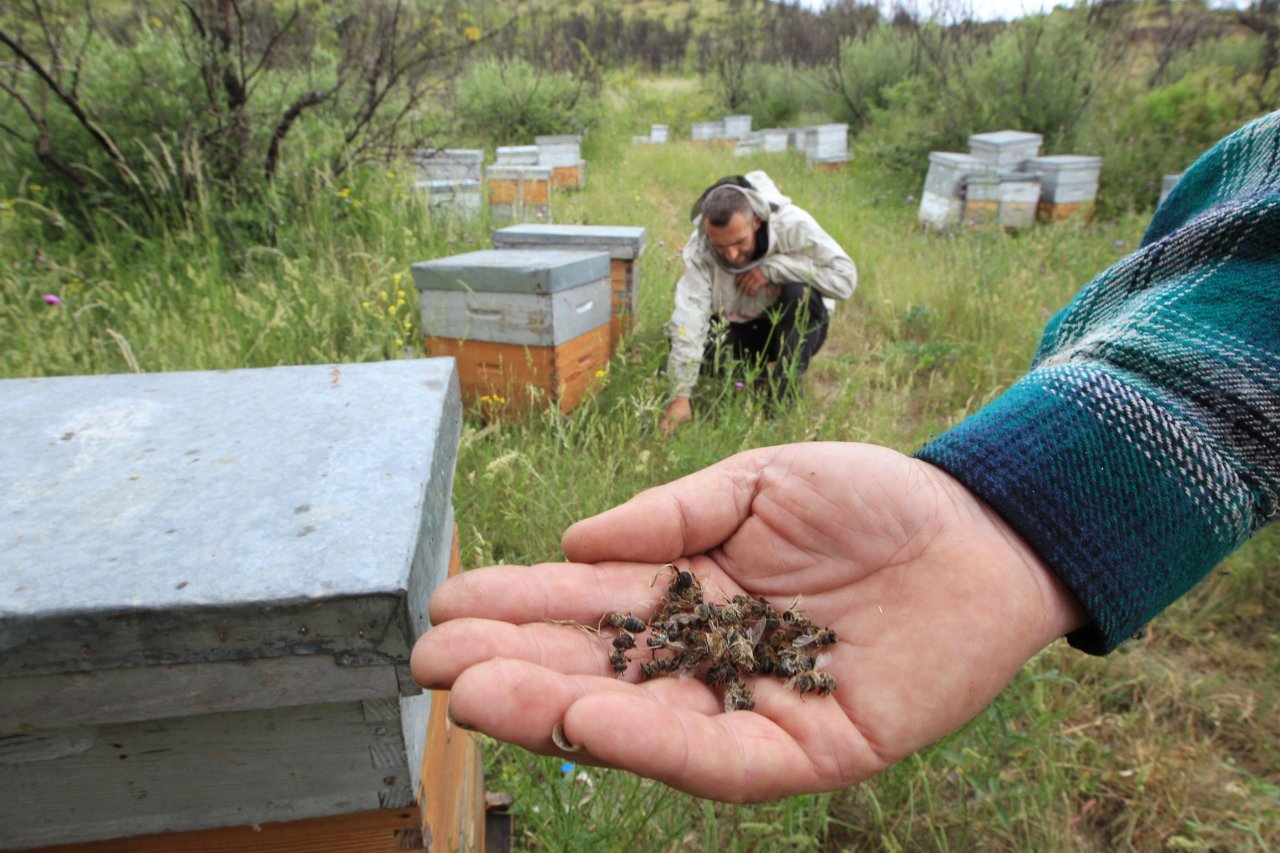The honeybee is in deep trouble. Colony collapse disorder (CCD), a condition whose cause isn’t known, has occurred in 42% of colonies within the US, since 2015. CCD occurs when worker bees mysteriously disappear, leaving a queen and her young with no one to tend to them.
Invasive species, the loss of habitat, gut parasites, certain pesticides, and other causes have been considered, but nothing is definitive yet.Research is ongoing. The Obama administration did enact some measures to help protect bee populations which so far remain in place. But they won’t be enough. Without knowing what’s causing CCD, there can be no definitive plan in place to reverse it.
That’s a serious blow to our agricultural industry and could have disastrous consequences for our food supply. 70% of food bearing plants are pollinated by bees. Harvard scientists have a technological fix in place. They’ve developed a type of micro-robot to replace these crucial pollinators, nicknamed robobees. In truth, no one really knows if they can do the job.
What’s more, who will pay for the additional service, which nature normally provides for free? Most likely, the cost will be passed along to the consumer. That means higher food prices, at a time when more and more jobs are disappearing, and wages continue to come back at a crawling pace.
To combat the loss of the honeybee population and perhaps preserve their supply chain and mascot, Cheerios has launched a campaign called #BringBacktheBees. They’ve partnered with a seed company, and have already given away 100 million wildflower seeds to interested parties in the general public. By reestablishing the bees vanishing habitat, they hope to bring these insects back from the brink. Though they’ve already reached their goal, they still have more seeds to give away, should you be interested.

Perhaps we’d hear a far greater outcry and more would be invested, if the problem was packaged in a way that pulls at the heartstrings, rather than engages the intellect. Usually, we think of invertebrates as incapable of advanced emotions. Some of the latest experiments with bees however, are challenging this assumption.
These prodigious pollinators show a remarkably advanced understanding of patterns, can anticipate future ones, be taught behaviors, and we now have evidence that they display a range of emotions, even moods. Today, the bee crisis is packaged thusly—these service-providing drones are being snuffed out by a sterilized acronym. Instead, why not portray it as fellow, sentient beings suffering from an epidemic? This is Ebola for bees, people!
Need…
The post Bees Have Emotions and Moods. But Do They Have Feelings and Consciousness? appeared first on FeedBox.